Jean-François Leroy, the founder and director of Visa pour l’Image, is forthright when it comes to sharing his opinion about the state of the fourth estate and what that says about our society. This year, he’s particularly concerned about the ever-increasing attacks on the freedom of the press.
“Certain politicians, even in leading democracies, will readily criticise journalists for doing their job, particularly when reports might leave them in an awkward situation,” he writes in the editorial that introduces the 31st edition of the world-renowned photojournalism festival, held in the city of Perpignan in southern France. “The general public is increasingly sceptical and wary of the media. Everything needs to be reviewed; questions need to be asked for trust to be restored. The right to report on news stories and conduct investigations freely is a basic pillar of democracy. That should go without saying, yet it needs to be stated loud and clear, again and again.”
In the US, the expression ‘fake news’, once derided as the fabulation of an unhinged president, has not only become ubiquitous, it is being thrown left and right without any proof needed that the information in question is indeed inaccurate. In France, President Macron, in relation to a scandal in which his aide was implicated, declared that the press was no longer searching for the truth.
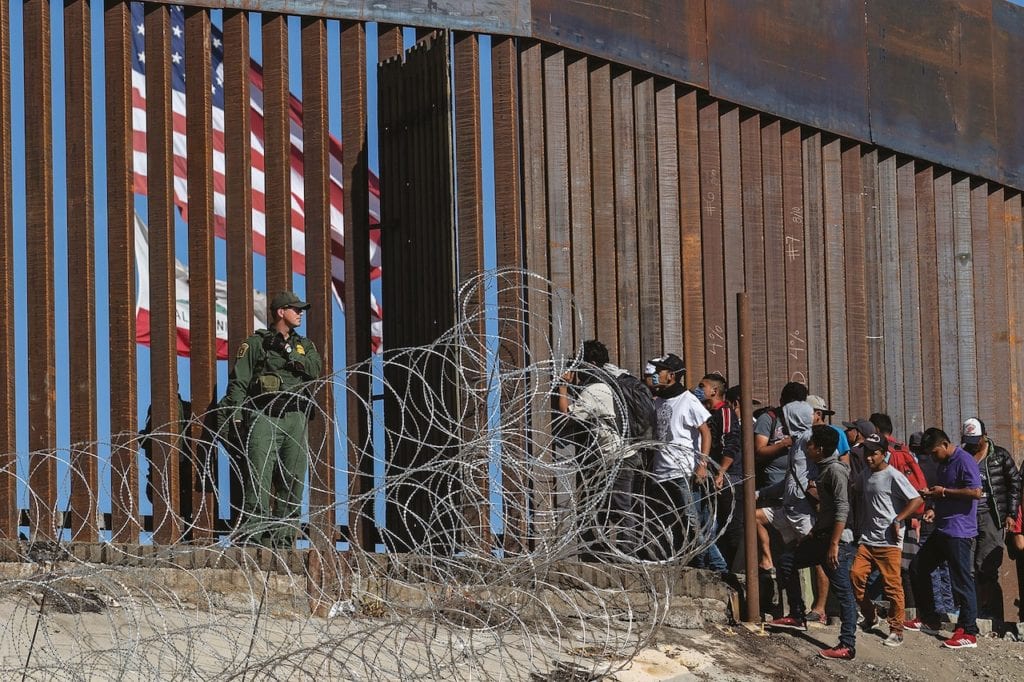
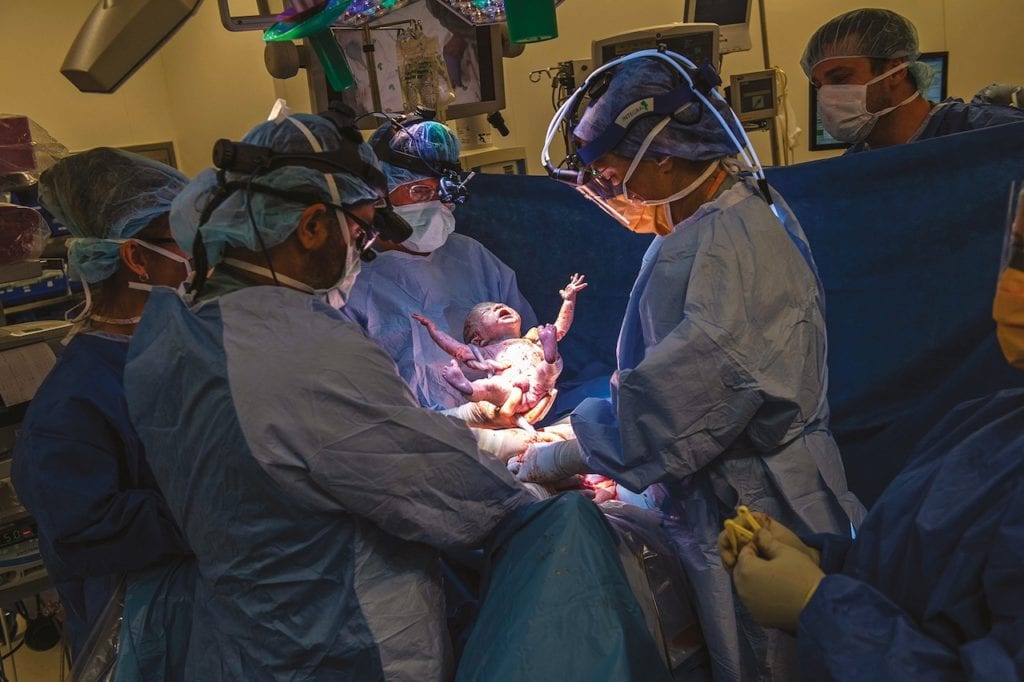
Leroy is not the only one to be concerned. Reporters Without Borders, which publishes the annual World Press Freedom Index, notes that in the past year “the hostility towards journalists expressed by political leaders in many countries has incited increasingly serious and frequent acts of violence that have fuelled an unprecedented level of fear and danger for journalists”. Both countries’ freedom score has declined, the US by nearly two points in a year.
As trust in news reporters wanes, politicians are ramping up their own communication machines in the hope of creating a vicious circle by which they become perceived as the sole reliable purveyors of facts. “We no longer make the difference between information and communication,” observes Leroy. “Thirty-one years ago, in the news, we would never have seen images directly supplied by the politicians without the explicit mention of their provenance. It’s concerning that today access to presidents is often restricted to their official photographers. While the trend had already started with President Sarkozy and his photographer Elodie Grégoire, or President Obama and Pete Souza, the rest of the press corps had more freedom then. To think that there was a time, as photographer Jean-Pierre Laffont recounts, where he and his peers essentially acted as ‘security’ for Bob Kennedy during his campaign because they got to stand so close to him; and now you have some 40 bodyguards that not only prevent you from getting close, but also decide when you can take a picture.”

“Certain politicians, even in leading democracies, will readily criticise journalists for doing their job, particularly when reports might leave them in an awkward situation”
Jean-François Leroy

The 18 exhibitions that make up this year’s festival programme (which takes place from 31 August to 15 September) are a testament to the tenacity and resoluteness of photojournalists, and thus act as a counterpoint to the prevailing winds of cynicism towards the media. Take the work of Kirsten Luce, The Dark Side of Wildlife Tourism, produced for National Geographic, which exposes the dire conditions under which animals used to entertain travellers are held. It’s an indictment of the prevalent images that have appeared on social media feeds of globetrotters swimming with dolphins, families posing with elephants, influencers sitting with bears, and the like; those cheerful snaps are the ‘fake news’.
Luce and reporter Natasha Daly were the ones investigating the growing industry in search of the truth. Or consider Kasia Strek’s The Price of Choice, which examines the consequences of banning or restricting abortion. The winner of the 2018 Camille Lepage Award – created in honour of the 26-year-old French photojournalist who was killed in 2014 while covering the civil war in the Central African Republic – travelled to India, Poland, Ireland, Egypt, the Philippines and El Salvador, striving to demonstrate why the right to choose, the right to preside over one’s body, is a fundamental human right.
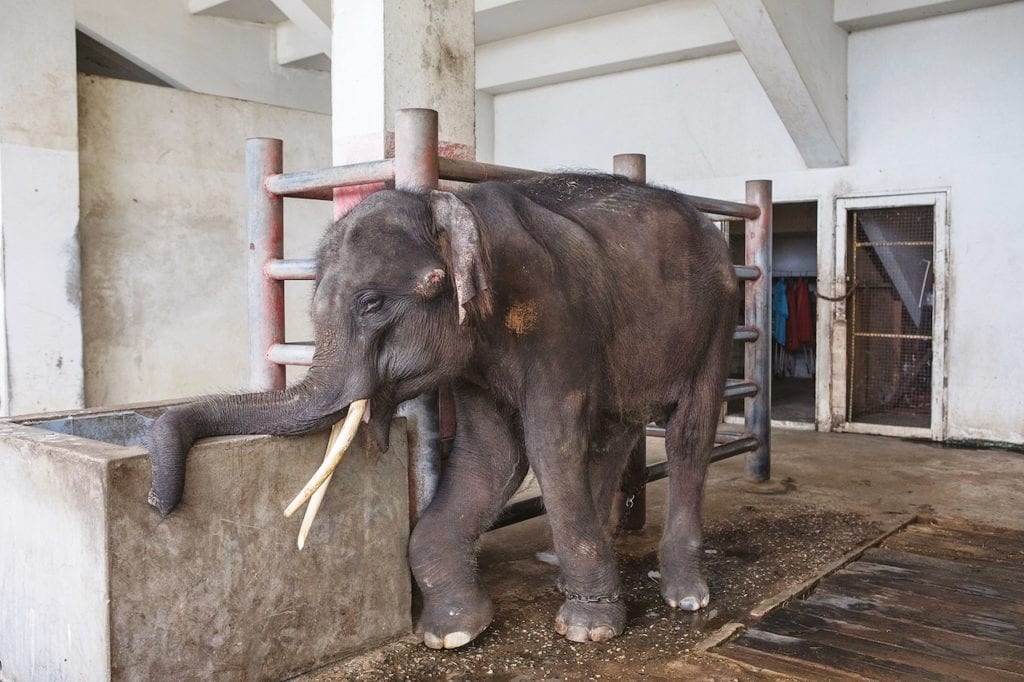
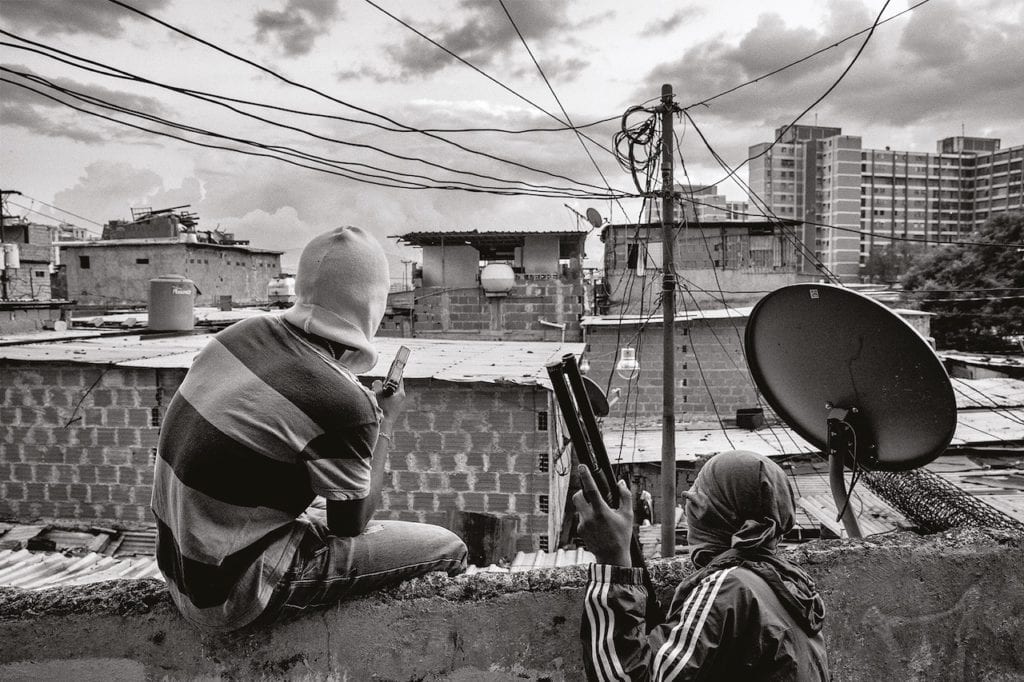
Her report comes at a crucial time when some American states, such as Georgia and Alabama, are enacting tough abortion bills and thorough information about the risks women run when forced to pursue illegal abortions or dangerous pregnancy is sorely needed. Combine that with the 10-year, exhaustive survey by Lynsey Addario on maternal mortality, including in the US, and you get an in-depth and imperative understanding of the reproductive health issues currently at stake for women.
Then there are the exhibitions dedicated to places where press freedom has been jeopardised by authoritarian regimes or conflict – or both: Álvaro Ybarra Zavala reporting on Venezuela, Lorenzo Tugnoli on Yemen, Ivor Prickett on Iraq, Ed Jones in North and South Korea, Guillermo Arias [2]
on the caravan of migrants travelling from Central America to the US. Each of these series intends to show the reality of people caught in the cross hairs of the powerful. This is the very essence of photojournalism. “Displaying examples of photographers that have worked fighting for freedom, fighting for human rights,” says Leroy. “That’s all I’ve been doing for 31 years.”
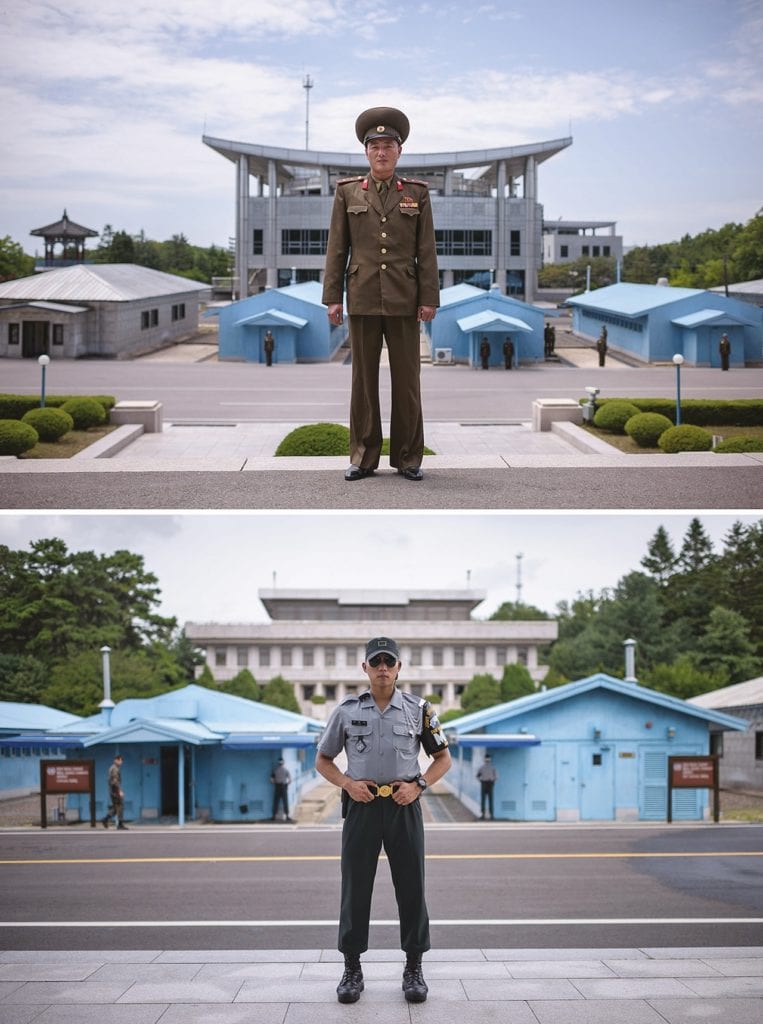
–
Visa Pour l’Image will take place in Perpignan, France, from 31 August to 15 September.
This article was originally published in issue #7887 of British Journal of Photography magazine. Visit the BJP Shop to purchase the magazine here.
